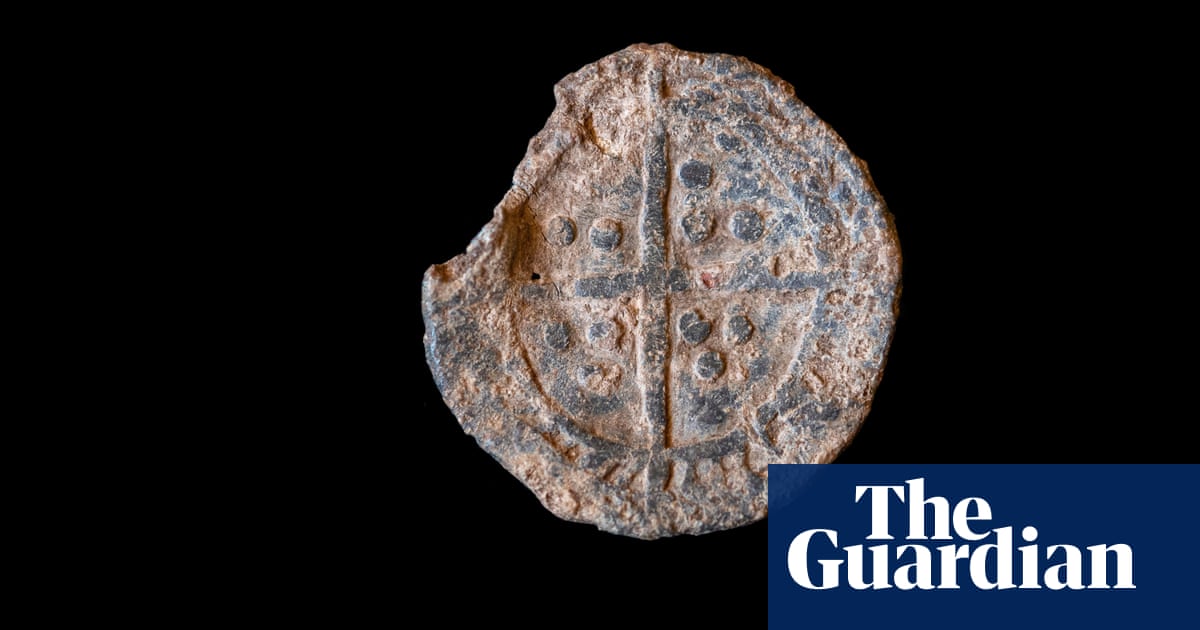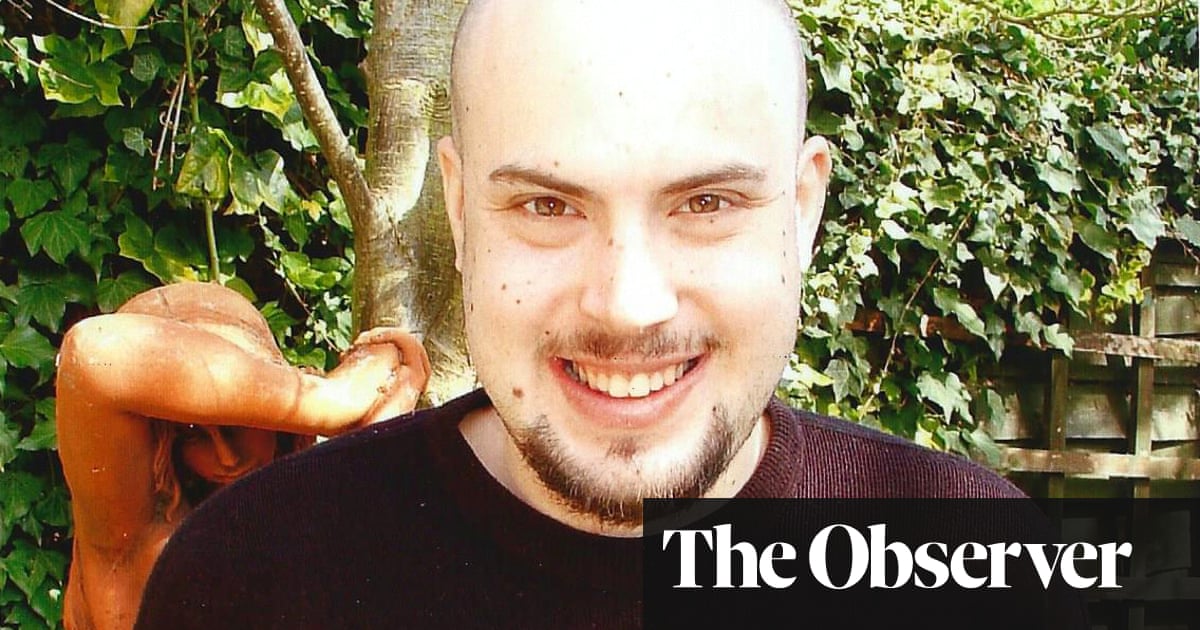
They are the last resort for the most challenging of recipients, such as moody teenagers or the eccentric uncle you see once a year – but gift tokens also came in handy at Christmas in medieval times.
National Trust archaeologists have discovered a token dating from between 1470 and 1560 that was probably given by the church to poor people to be exchanged for food.
It was found near Oxburgh Hall in Norfolk, having probably originated at Bury St Edmunds Abbey, nearly 30 miles away in Suffolk.
One side of the token is very corroded, but would probably have shown the head of a bishop. The other side is well preserved, depicting a long cross.
The token may have been doled out by a choirboy acting as the “boy bishop” during the Christmas period. In medieval and early Tudor times, on the feast day of St Nicholas – 6 December – cathedrals chose a choirboy to parody the bishop, leading some religious services and processions, and collecting money for the church.
Boy bishops also gave out tokens to poor people which could be spent between St Nicholas Day and Holy Innocents Day on 28 December.
Angus Wainwright, an archaeologist with the National Trust, said: “The token is not a thing of particular beauty, but it does have an interesting story. It was found by one of our metal detectorists who had been doing a survey of the West Park field at Oxburgh as part of our parkland restoration and tree planting.”
The trust’s efforts to find out more about the field’s history had yielded “fantastic” results, he said, “revealing not only part of a medieval village including horseshoes, handmade nails and tools but also part of a Roman village. This token most likely comes from Bury St Edmunds Abbey which was one of the biggest and richest in the country, St Edmund being one of the patron saints of England.
“Although tokens could be spent in the local town they may also have been kept as keepsakes, but the one we have found could also simply have been dropped and lost.”
The tokens, made of lead, came in equivalent sizes to a penny, halfpenny and groat (worth four pennies). The one found at Oxburgh is the size of a groat.
“We believe that one of the inhabitants from Oxborough village must have made the long trip to Bury St Edmunds, around 27 miles, to see the festive ceremonies in the massive Abbey Church where they may have acquired the token. As one of the biggest buildings in western Europe this must have been a mind-blowing experience for someone from a tiny village,” said Wainwright.
“This discovery shows how rich the cultural life of even the poorest folk could be in the middle ages. It’s also interesting that the Christmas period was a time for fun and celebration aimed at children, with a child taking on the role of the bishop, and St Nicholas as patron saint of children.”
Saints’ days gradually disappeared after the Reformation in the 16th century, including that of St Nicholas. Old Father Christmas was invented as a spirit of the season, but the name St Nicholas eventually became Santa Claus.
Oxburgh Hall was built by the Bedingfeld family in 1482 as a statement of power and prestige. The family suffered generations of persecution for their Catholic faith.












